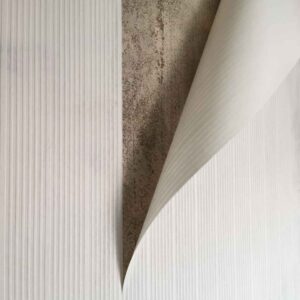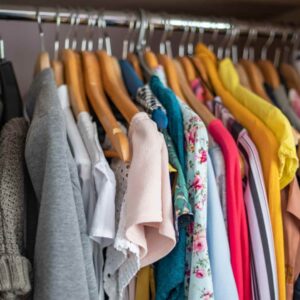Mold is part of the Fungi family. It’s much like a mushroom. It loves 3 things: water, warm temperatures, and food. Without these 3 elements, mold cannot grow. Our homes sometimes become utopias for mold here in Florida. Mold spores are constantly present in your home’s indoor air but they need resources to grow and thrive. Therefore, they follow the path of least resistance as they seek out food and water. For this reason, mold can grow and thrive in some unexpected places. Read on to learn about the weirdest places mold can hide in your home and what to look for!
The Weirdest Places Mold Can Hide
Mold is present anywhere it finds adequate resources. The following are some of the weirdest places mold can hide.
- Your bed
- Inside of electronics and appliances
- Behind wallpaper
- Clothing
- Books and paper products
In no way is this an exhaustive list but these are some of the most common “weird” places that mold hides.
Your Bed
Mold might be the monster under your bed. Most bed frames are made out of wood or some composite material. Cotton and wool are commonly used in mattresses. The one characteristic that these materials all have in common is the fact that they’re organic. Mold needs organic material for food. This includes drywall, paper, wood, cotton, wool, dust, etc.

Also, we don’t clean our beds or mattresses often, so they can become a potential breeding ground for mold. Areas like the back of our headboards, the bottom of the mattress, and the floor underneath are rarely cleaned. These areas are often “out of sight, out of mind” so we don’t think to clean them regularly.
Since we spend 6-8 hours in our beds each day, we may be exposing ourselves to millions of mycotoxins present in the mold that has contaminated our sleeping areas. If you’ve been experiencing mold symptoms but can’t find a “smoking gun”, it’s worth shining a flashlight underneath and behind your bed!
Inside of Electronics and Appliances
One of the weirdest places mold can hide is inside appliances and electronics. These devices get contaminated with dust from prolonged use because of their cooling fans. This air circulation from the fans often pulls dust into internal components. If indoor humidity levels are elevated, mold begins to grow on the dust inside of these areas.

It’s a positive feedback because the cooling fans also cycle the contaminated air back into the surrounding environment–exposing homeowners to mycotoxins. Professional mold assessors can determine if this is the problem if all other explanations have been exhausted.
Behind Wallpaper
Improperly installed or old wallpaper can serve as another weird place for mold to hide. Wallpaper is often installed over drywall, which is made of organic material (paper). Mold spores can get trapped behind wallpaper between the surface and the drywall. With low circulation, the potential for moisture buildup, and a robust food source, mold begins to thrive.

It can often be difficult to detect unless the wallpaper is removed. Wallpapered bathrooms and other wet locations in the home are most likely to be contaminated with microbial growth.
Clothing
Does your closet ever give off a “musty” odor? If so, you likely have some mold growing on your clothes, or flooring if your room is carpeted. Clothes are often composed of cotton and wool. Moreover, clothes that you rarely wear in the back of your closet collect dust over time. These areas usually have poor circulation and are also more absorptive. These conditions create the perfect breeding environment for mold!

Therefore, it’s always good to wash unused clothes at least a few times per year and try to allow adequate space between hangers so your closet can “breathe” a little.
Books and Paper Products
Are you an avid reader? Your bookshelf is another one of the weirdest places mold can hide. Books are made of paper and collect dust while they sit on our shelves. Mold can hide out on their pages and go unseen unless books are opened. Again, if you’re scratching your head over where your mold symptoms are coming from and you feel like you’ve left no stone unturned, it could be your bookshelves!

Flo-Air Will Help You Identify the Weirdest Places Mold Can Hide in Your Home
Mold assessment and removal is never an advisable DIY project. When it comes to mold and your health, it’s best to seek the expertise of a mold professional. Mold professionals have seen it all! They know what to look for, where to look for it, and have state-of-the-art equipment to locate and identify it.
Always seek a trusted professional for your indoor air quality and the health of your home.
